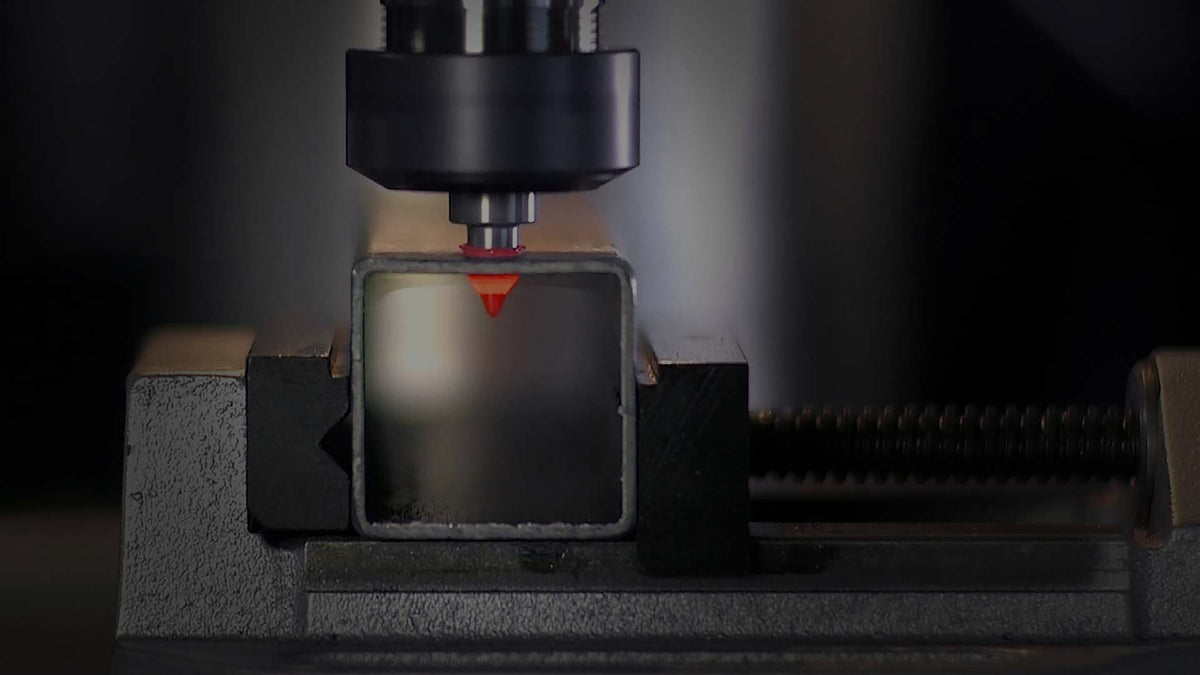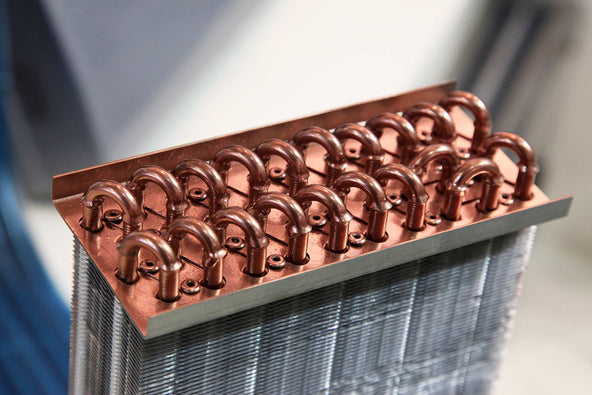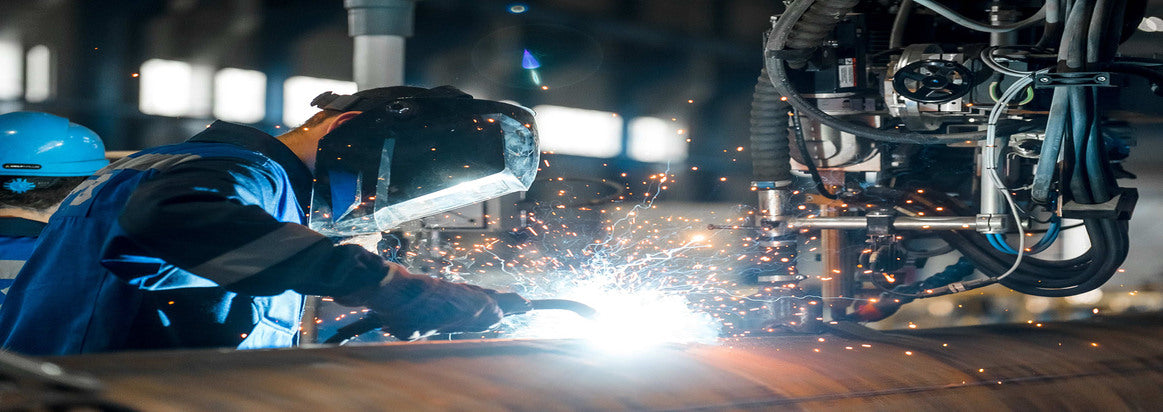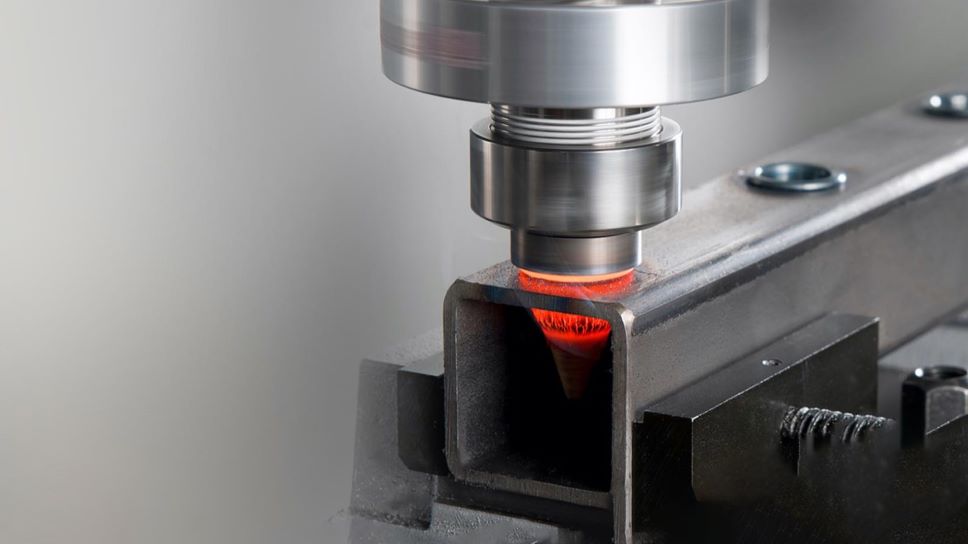
Efficient, reliable
and lightweight
threaded connections
Changing the way the world achieves stronger and quicker fastening connections.
Request a sample
Nothing beats a hands on sample, allowing you to see what is possible with friction drilling and convince your team of where you may have been missing out or the opportunities it could bring.
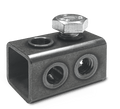
Product finder
What kind of Flowdrill friction drill do I need?
This differs on the basis of material, type of solution and size of the drill hole. For every application, we find the suitable friction drill.

